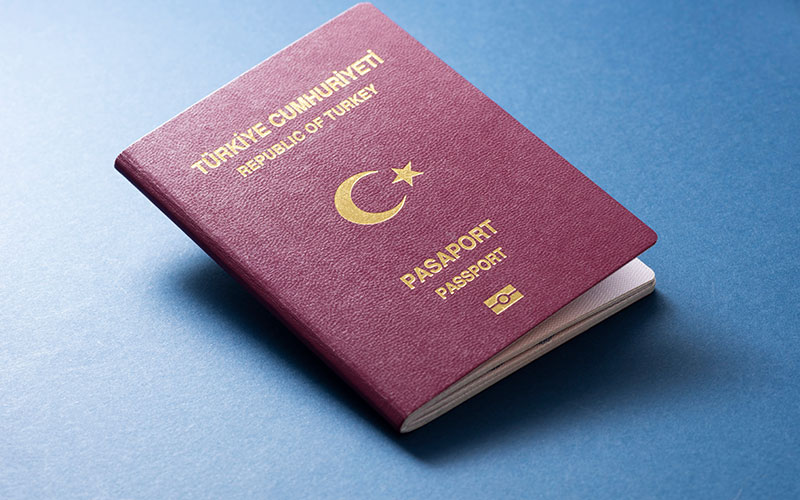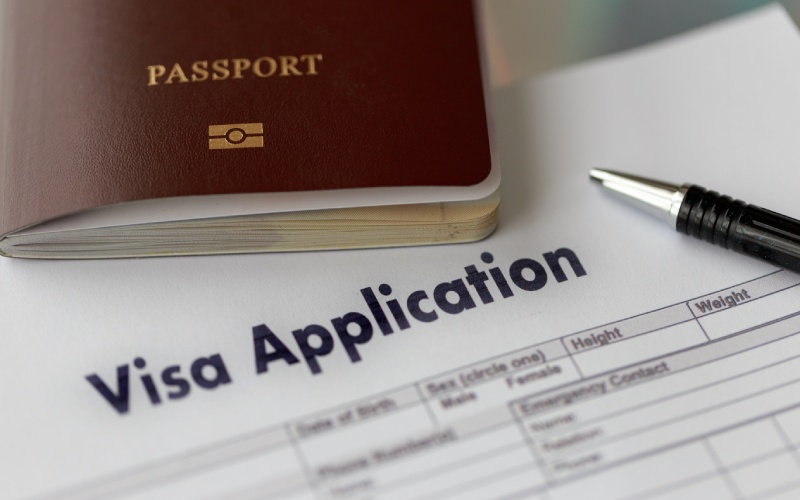Difference Between Turkey E-visa and Regular Visa
Today, many people can effortlessly cross national borders daily for varied purposes, such as education, business, and sightseeing, due to globalization, predominantly through the ease of securing traveling means. Something indispensable for any explorer to do, especially when traveling internationally, is to acquire the exact visa. This article highlights the difference between an e-visa and a regular visa in terms of application, cost, utilization, and convenience, thus making it highly manageable for vacationers to decide on the accurate visa to take during their expedition.
Understanding Turkey Electronic Visa
What is an e-visa?
An electronic visa is a validated document issued to people who do not need to obtain a visa on arrival to access a country.
An e-Visa/electronic visa is a visa that can be acquired online. It is still new in the travel domain, predominantly an innovation that aims at helping applicants get visas straightforwardly. This visa is allocated electronically, and it is also probable to complete the submission for the same online. Appearing at a consulate or embassy is avoidable.
E-Visa Application Workflow

Across countries, the online submission step is undemanding, in particular the Turkey visa online application. Let’s delve into the e-visa application workflow.
- Navigate the Certified Website: To apply for a Turkey e-visa , to illustrate, you can initiate the process by applying through the certified e-visa interface, and then, to finalize the application course, you can fill out the application form.
- Document Presentation: While filling out the application online, it is obligatory to submit the travel documents’ scanned copy. Specific countries demand travelers to provide other details like the number of days in the country, preferred accommodations, and evidence of satisfactory funds, among others.
- Payment: Through debit or credit card, the payment is processed. The price alters; it depends with the country of the applicant and the nature of visa that one is applying for.
- Turnaround Time: In most cases, an e-visa will take a shorter time to be processed as opposed to a sticker visa. It may take as little as a few hours and as elongated as several days, depending on the country of application and visa type. It takes several hours for the visa to be processed, and once approved, it is sent electronically, mostly via email.
- Dispensation: The e-visa is created as an electronic record linked the applicant’s passport number. Travelers are advised to plan their journey by getting the e-visa printed or keep a copy of the confirmation email received after applying, which should be presented upon arrival.
Countries Allocating E-Visas
Most celebrated nations worldwide have developed a system of allocating electronic visas to travelers; thus, visa procedure becomes clear and efficient. A few of the top countries involved are Kenya, Australia, Georgia, Qatar, and Sri Lanka. Navigating the government digital portal is highly suggestive of retrieving the application procedures’ specifics before executing the application stages.
E-Visa: Upsides and Downsides
Upsides
- Simplicity and Efficiency: With a web‐based application, the e-visa is quite convenient to apply from the comfort of one’s home. You need is a connection to the Internet and photocopies of your identity documents and travel documents. It is also more efficient because, in most cases, you are not required to visit the embassy to fill out the visa application form.
- Inexpensive: As they are handled digitally, common e-visas have a tendency to be cheaper. Shipping, freight, and voyages to the embassies considerably cut expenses in large proportions. Also, payment methods’ use makes it easier, and this results in the application’s quicker acquisition and handling.
- Streamlined Documentation: Electronic paperwork conversion clearly reduces the amount of work that travelers have to carry. The e-visa has fewer documents, fewer problems, a fortified submission application, and, most prominently, it is more planet-friendly.
Downsides
- Universally Not Pertinent: However, the availability of e-visas is not foolproof, as not all countries have adopted this system. In some countries, you will be forced to complete the normal visa application methods.
- Access Constraints: Specific countries impose restrictions on specific crossings or airports for digital visa requests, allowing access only to eligible nationalities.
Outlining Sticker/Regular Visa
A sticker, commonly known as a regular visa, is a visa category where the visa is affixed directly to the passport page. In operation for many years, it requires applicants to visit consulate or embassy to obtain their visa.
Regular Visa Application Workflow

One of the downsides of using the sticker visa application method is that it can be tiresomely longer and not so cheap. The regular visa application workflow embraces,
- Live Visit: The opening process is identifying a pertinent Embassy adjoining your vicinity and reviewing, and compiling all applicable paperwork for the workflow of a regular visa. That is why a prior appointment is also indispensable before the stopover at the embassy.
- Paperwork Presentation: All relevant documentation, including passports, accurate photographs, and other essentials for the expedition, must be filed onsite. Specific countries’ visas are likely to demand surplus paperwork encompassing financial statements, travel insurance, accommodation evidence, and invitation letters.
- Interview: For some countries, you will require showing up in the visa interview to be approved for the visa. Sometimes, in the course of the interview, the consular officers may inquire about where to and how often one plans to travel, the reason for visiting the country, and whether one has sufficient funds.
- Payment: It is paid in cash or by any other means to the pertinent embassy or consulate. Processing fees for different categories of visas vary depending on the country with visa category to be obtained.
- Turnaround Time: The standard visa processing period here is days up to weeks, depending on individual features and the country to which the application is submitted. There are cases where you may be asked to deposit your passport at the specific embassy or consulate.
- Dispensation: Post authorization, it is affixed as a sticker to the passport. The visa will incorporate information embracing the visa nature, entry date, visit length, etc. The passport should be retrieved from the pertinent embassy.
Sticker Visa-Upsides + Downsides
Upsides
- Widespread Approval: Sticker visas are more maneuverable because one could access them from the host country’s point of entry.
- Comprehensive Scrutiny: There will be negligible opportunity to make a wrong choice since this application entails a comprehensive scrutiny of the paperwork coupled with the expedition agenda.
- Security: Such stickers are usually not easy for anyone to replicate, hence enhancing physical security.
Downsides
- Disruption: It is often time-consuming since one is required to tour an embassy or consulate to turn in physical documents and maybe even for an interview.
- Protracted Handling Time: Compared to e-visas, sticker visas take a prolonged timeframe to process, and this may cause a problem when one intends to voyage at short notice.
- Pricey: It is, however, worthy to note that extra charges on administrative and handling charges can make the sticker visas more costly relative to e-visas.
Conclusion
E-visas are more reasonable than standard visas as they eliminate many formalities and time-consuming procedures. What sets them apart is that they are idyllic for anyone in search of express, online access to travel. For instance, if you are seeking to tour Turkey, mastering how to get an e-visa to Turkey can go a long way in helping chart your trip. This way, you can give a miss to the time-consuming visits to the embassy and enhance your travel plan.
FAQs
Q1.How does an electronic visa differentiate from a sticker/regular visa?
An e-Visa/electronic visa is a visa that can be acquired online, while a sticker visa requires an applicant’s consulate/embassy tour for visa attainment.
Q2. What is the real plus of e-visas?
- Simplicity and Efficiency
- Inexpensive
- Streamlined Documentation
Q3. What is the e-visa application workflow?
- Navigate the Certified Website
- Document Presentation
- Payment
- Turnaround time
- Dispensation
Q4. What are the upsides of a sticker visa?
- Widespread Approval
- Comprehensive Scrutiny
- Security
Q5. Name the foremost countries allocating e-visas.
A few of the foremost countries involved are Kenya to Australia, Georgia to Qatar, and Sri Lanka, among others.



